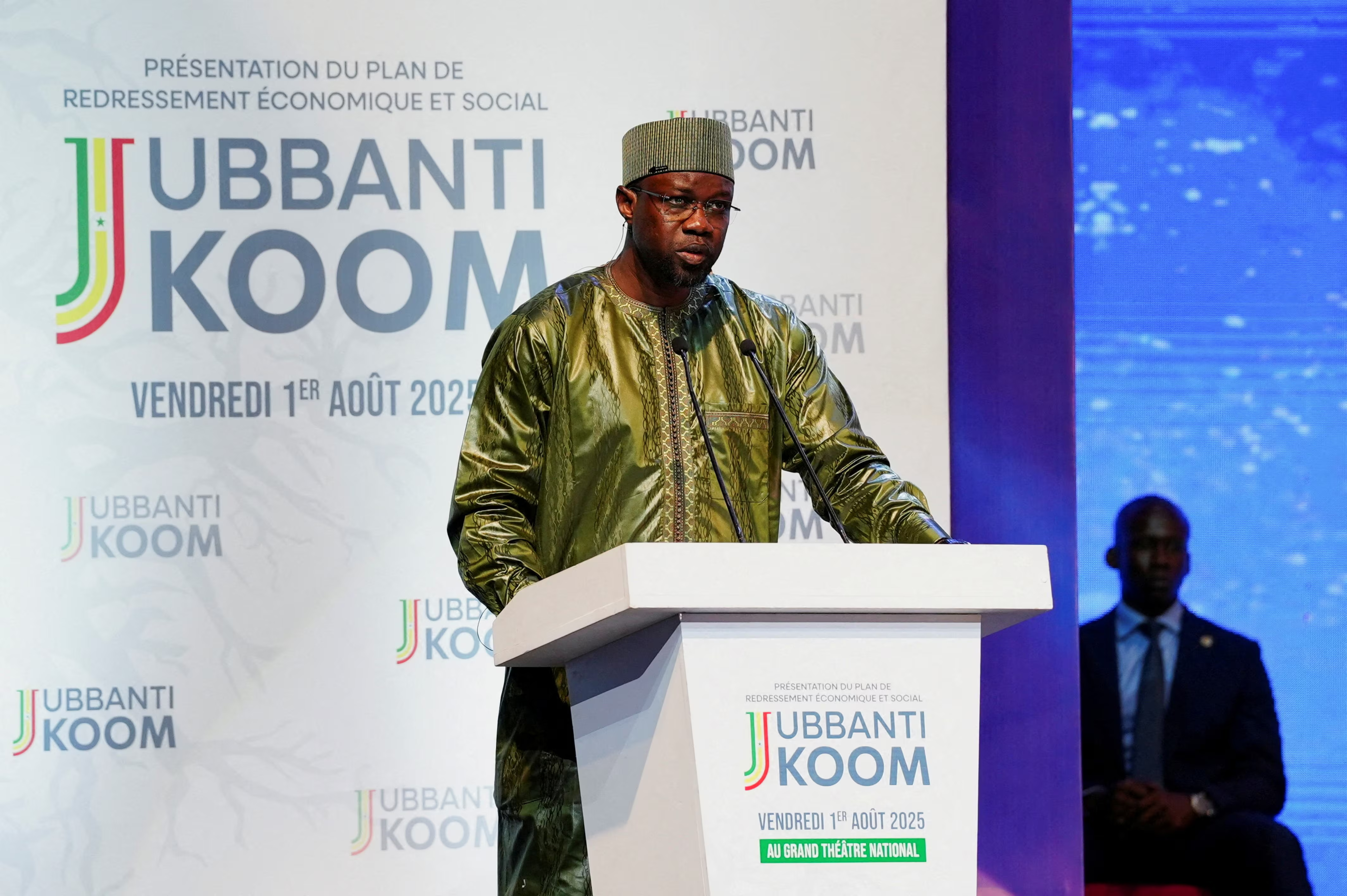Kenya Advances Africa’s First Independent Transmission Project, Opening Doors for Power Investors


Quidah is an online platform that connects investors with curated opportunities and expert insights on Africa’s emerging markets, while offering businesses promotional services, partnership facilitation, and market intelligence to attract capital and grow their operations.
Industries
Kenya has taken a bold step toward energy modernization with its first Independent Power Transmission (IPT) project — a landmark initiative that represents a turning point in how the country manages, finances, and expands its electricity network. The project, developed under a 30-year public-private partnership (PPP) framework, will oversee the construction and operation of the 400 kV Lessos–Loosuk and 220 kV Kisumu–Musaga transmission lines. These two key lines will significantly strengthen grid reliability, unlock new power flows across western Kenya, and create the structural backbone for future renewable energy integration.
Traditionally, Kenya’s electricity transmission has been managed by the Kenya Electricity Transmission Company (KETRACO), a state-owned entity responsible for building and operating high-voltage infrastructure. While KETRACO has successfully expanded the national grid to cover over 70% of the population, its projects often face challenges related to limited financing, bureaucratic delays, and the heavy burden of state-guaranteed loans. Kenya Power and Lighting Company (KPLC), on the other hand, manages distribution and retail operations, supplying power to over 9 million customers. The coexistence of these two state-owned entities has sometimes slowed project delivery due to overlapping mandates and constrained capital resources.
By introducing the IPT model, Kenya is opening a new chapter — one that allows private sector participation in grid ownership, operation, and maintenance. This structure brings in investors such as Africa50, a pan-African infrastructure investment platform, and PowerGrid Corporation of India, a global leader in transmission systems. These companies bring not only financing but also decades of technical expertise in power system design, asset management, and operational efficiency. Their participation reflects growing confidence in Kenya’s regulatory reforms and its ambition to position itself as an energy hub for East Africa.
Kenya’s energy mix is among the most diversified in Africa, with installed capacity exceeding 3,300 MW. Approximately 45% of power generation comes from geothermal energy, 30% from hydropower, 15% from wind, and the rest from solar and thermal sources. However, despite having enough generation capacity to meet domestic demand, transmission bottlenecks often prevent efficient power delivery to all regions, particularly in the western and northern parts of the country. These inefficiencies have led to frequent outages, system losses estimated at 16–18%, and high electricity tariffs that impact both households and industries.
The IPT initiative directly addresses these constraints by bringing in private financing to modernize grid systems, expand capacity, and improve network reliability. Investors involved in power systems, grid digitization, high-voltage line manufacturing, and renewable integration stand to benefit from the new structure. As Kenya deepens reforms to stabilize tariffs, improve maintenance, and expand regional interconnections — including links to Uganda, Ethiopia, and Tanzania — the country is emerging as a test case for how Africa can blend public oversight with private investment in critical infrastructure.
If executed transparently and efficiently, Kenya’s independent transmission project could mark the start of a new era — one where reliable, privately financed grids underpin Africa’s energy transition and attract long-term investors into power systems once seen as too risky.


